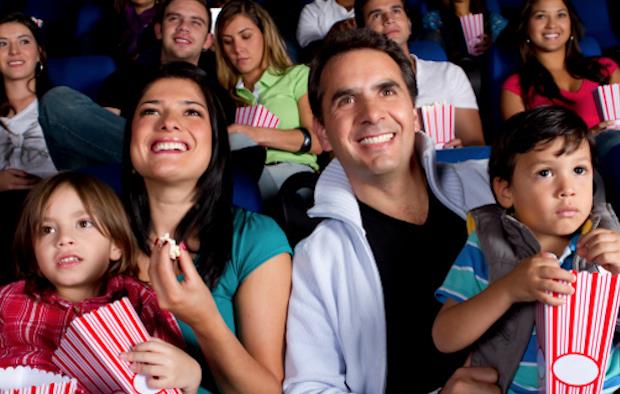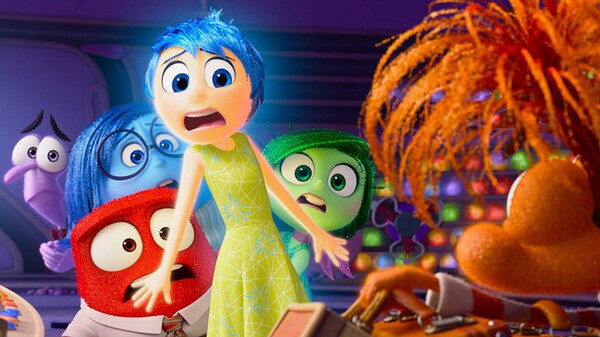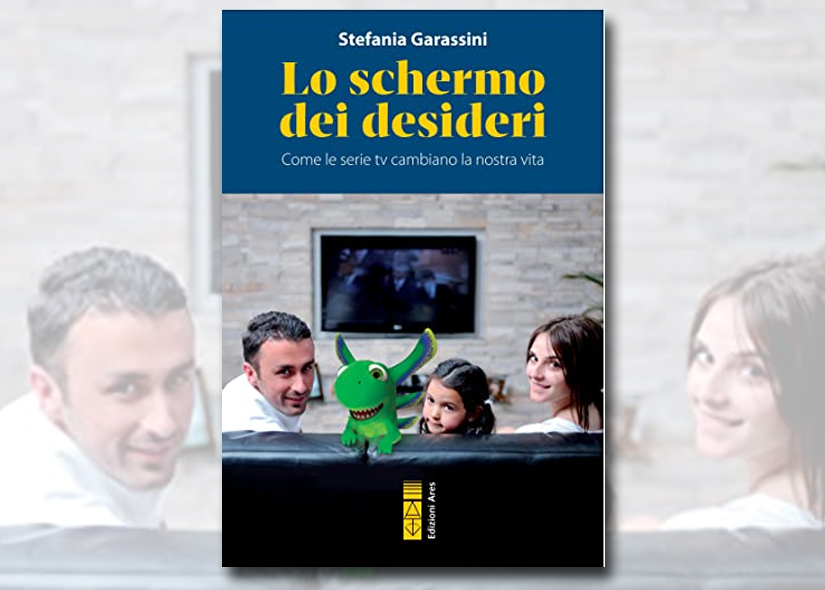Film and Fiction to the Test of Bioethics
In the new millennium, film and television fiction have seen an increased
interest in bioethical issues. This phenomenon, as seen in the production
of many film and TV series, is due to the fact that bioethics is an
excellent argument on screen. Bioethics offers the dramatic material and
the veiled mystery of genetics.
It brings a patient’s life and death choices within the medical and health
arena to the screen. Bioethics allows fictional media platforms to display
patients’ freedom when facing exponentially increasing possibilities for
intervention, along with questions about their legitimacy and implications.
Two questions then are worth asking: Which can be the contribution of
cinema and serial television to the bioethical discourse? In what way is
this contribution devoted to crucial topics, such as the beginning and end
of life?
Answering the first question would mean bringing to light the screen’s
potential for story-telling, and the risks inherent. Let’s start with the
potential.
Potential for story-telling
The prerogative of a movie or any television fiction is to bring the
audience inside a problem through the eyes, emotions, relationships,
impulses, and the limitations of their characters. This means that a broad
and concretely human vision should be provided. In other words, you would
need to mirror the situation of finding oneself in a bind and figuring out
the best possible solution, taking into consideration the serious long-term
consequences that could result. The emotions play a vital role in
accomplishing this simulation experience. No choice, and even less those
related to bioethics, occurs through dry calculation, pure rationality.
Emotions are reactions that reveal values to reason, thereby directing it
towards that which is important. Now, the capacity to reproduce the
“revealing” functions of the emotions is precisely what characterizes a
story. This is the case with literature, but even more so with audiovisual
narratives. A staple of contemporary screenwriting technique is the idea
that the strongest, most engaging part of a story, is the process of the
main character’s value development. While tested, he/she discovers the
different values at play, finally trying to choose the most important ones,
at any cost. In summary, film and fiction could be said to have in their
power the potential to offer the viewer a land where, together with the
character, moral dilemmas are brought to light and the struggle to discover
the right path is embraced.
After having considered the potential, let’s now consider the risk.
The risk
The risk lies in the fact that audience involvement of TV narratives is
never an automatic result taken for granted by the writers. It is rather
the fruit of strenuous writing work by selecting which things to say,
highlight, or omit. This work of character building is designed to generate
the empathy of viewers. The character’s efforts to change must be
justified, and that final transformation must be sealed in a profound and
surprising way. This must be done in a way to allow the theme -the moral
truth expressed in the story- to resound with freshness in the mind of the
viewer.
All this is not in itself a problem. It’s actually inevitable, and even
necessary, that a story uses a suitable “rhetorical narrative” to create
that harmony without which the viewer wouldn’t be able to follow the action
attentively, fully engaged, investing his reason and emotions. The risk
springs from the fact that the rhetorical narrative can be used to bring to
light true values but also the opposite ones. It could falsify real
priorities or exalt only some sides of the problem, offering only partial
solutions.
Life and death issues
Now for the second question: in what way has film and television “built”
characters and stories that delve into life/death issues?
On one hand, the best films and shows progressively seem to acknowledge
that life is an objective and inviolable value. This is the case, for
example, in science-fiction films. From milestones such as Blade Runner (1982) and Gattaca (1997), a constant
criticism of the scientific manipulation of man can be observed throughout
the entire genre. The futuristic setting serves as a platform for showing
how inequalities of power put some people in the position of deciding the
suitability of other people’s lives. The question of touching the
biological essence of man to the point of carrying out genetic
modifications is of course quite modern and diffused today (these issues
are also dealt with in films different from science fiction, take for
example, My Sister’s Keeper (2009): Think of the practices of
artificial insemination, which involve the destruction of embryos or the
selection of a healthy child at the expense of a sick one…) In the genetic
technocracy, from the oppression of an anonymous and authoritarian system,
the imaginary Sci-Fi world sees the fruits of a progress that contradicts
itself.
Furthermore, science fiction inscribes this criticism into a broader and
more suggestive reflection on the idea of limit. A limit that is overcome
by technology faces other limits that are more devious and stifling. We see
this in Gattaca, when the genetically “invalid” character’s
longing to fulfill his dreams is inhibited, he then uses with faith the
opportunities hidden in the unpredictable and uncontrollable. Also in Blade Runner, the limit on life span frustrates, but does not
eliminate, the replicants’ desire for the infinite, and in essence, for
transcendence.
Regarding the beginning of life, if we shift from science fiction and
genetics to the question on abortion, we find films like Juno
(2007), and series such as Scrubs (2001)and Dr. House
(2004) that offer pro-life insights.
As the teen mother Juno reveals, without euphemisms –as innate to her
character- that which she carries in her womb “has fingernails”: it’s a
baby. This is particularly indicative if we consider that the screenwriter
and the main professionals involved in the film production do not consider
themselves as “pro-life”. Nevertheless, watching the situation from a
narrative perspective has made reality to affirm itself.
The same perspective seems to slowly emerge within American series, which
are traditionally far from defending unborn life. For example, the shocking
image of a fetus’ little hand that stretches out to grasp the doctor’s hand
during the operation on the mother is a focal point of a famous episode of Dr. House (Fetal Position, 2007). That scene, inspired by
a true incident and a photograph to prove it, greatly impacted the American
public opinion.
Now if we consider the slope of the end of life, film and fiction offer a
different panorama, where the value of life is subordinate to the value of
the autonomy of choice. If delicate films, such as The Savages
(2007), speak of sickness as a doorway to coming to one’s senses and the
rediscovery of affections in the midst of suffering, Million Dollar Baby (2004) and other similar films dealing with
the euthanasia question push a contrary thesis. From Eastwood’s film about
the quadriplegic boxer who wants to die, certain “pro-choice” solutions
emerge. Among these, there are probably two with greatest leverage, which
are closely linked to one another.
First of all, possible alternative reactions to the illness are
overshadowed, which is often the case in reality. In Eastwood’s film, as
well as the 2004 film Mar Adentro, you don’t find quadriplegics
who actually have a desire to live, and whose condition provides the means
to discovering their own growth as a human person and the desire to nurture
this growth in the people around them.
Secondly, illness is represented in a completely negative light, where the
sole emphasis lies on the suffering and all hope is annihilated. It is as
if the healthy people who tell the story were projecting in the unhealthy
character, and his future, fears they have regarding the possibilities at
stake, without however actually knowing the reality, without ever having
lived it. In the judgment on a life “worth living” or not (as in Michael
Haneke’s Amour), you see more projections of fear from a society
that considers any form of possible suffering or limitations
“inacceptable”, rather than the choice made by actual and real people.
A similarly biased approach emerges even more clearly in those few films
that tell the stories of real people and contradict this yet prevalent
tendency. Think for example of The Diving Bell and the Butterfly(Le scaphandre et le papillon, 2007) and the Intouchables (2011). These are stories told directly from the
sick, or inspired by their true stories. The adversity the characters face
does not eliminate, but rather reinvigorates their energy and desire to
live. A recent case of a television series along the same lines is the hit
Catalan, and then Italian, series called Braccialetti rossi, which
was inspired by the autobiographical accounts of Albert Espinosa.
You can see, then, lights and shadows in films and television that
highlight bioethics. The usefulness of educating people to discuss and
analyze the stories in order to appreciate them is thus evident. These
analyses go beyond the exquisitely aesthetic side, and go to the argument
that each story puts forth, the rhetoric involved, and the fidelity to the
narrative vocation to delve deeper into moral truth and more just
behaviors.














